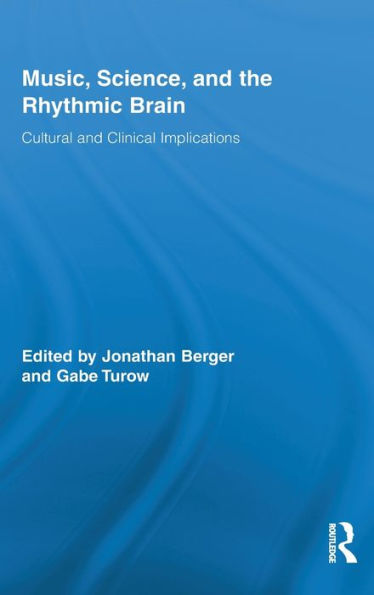5
1
9780415890595



Music, Science, and the Rhythmic Brain: Cultural and Clinical Implications / Edition 1 available in Hardcover, Paperback, eBook

Music, Science, and the Rhythmic Brain: Cultural and Clinical Implications / Edition 1
- ISBN-10:
- 0415890594
- ISBN-13:
- 9780415890595
- Pub. Date:
- 07/20/2011
- Publisher:
- Taylor & Francis
- ISBN-10:
- 0415890594
- ISBN-13:
- 9780415890595
- Pub. Date:
- 07/20/2011
- Publisher:
- Taylor & Francis

Music, Science, and the Rhythmic Brain: Cultural and Clinical Implications / Edition 1
$190.0
Current price is , Original price is $190.0. You
190.0
In Stock

Product Details
| ISBN-13: | 9780415890595 |
|---|---|
| Publisher: | Taylor & Francis |
| Publication date: | 07/20/2011 |
| Series: | Routledge Research in Music |
| Pages: | 446 |
| Product dimensions: | 6.30(w) x 9.10(h) x 0.70(d) |
About the Author
From the B&N Reads Blog
